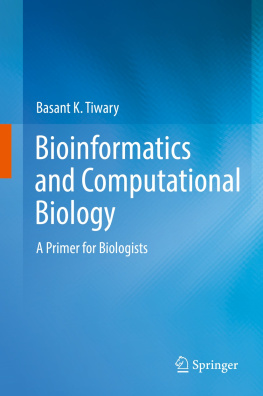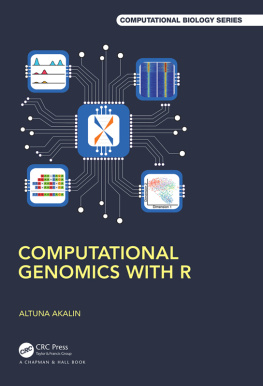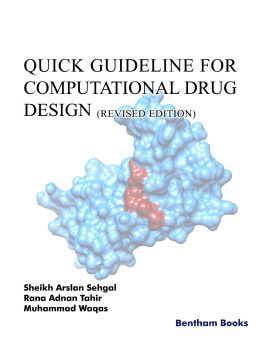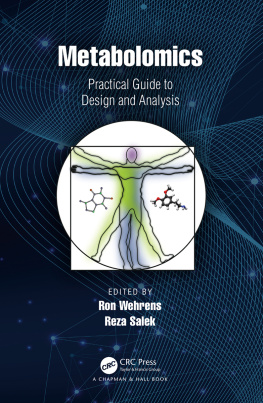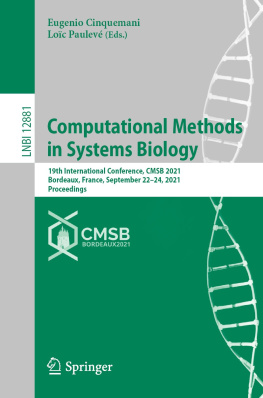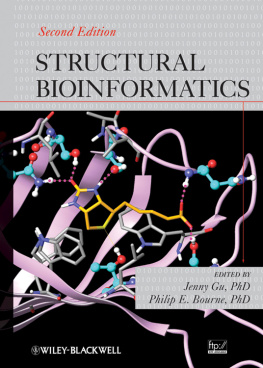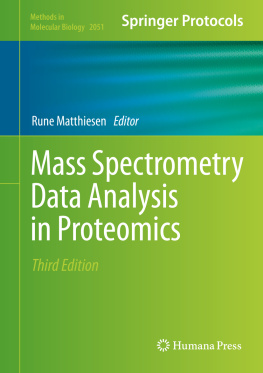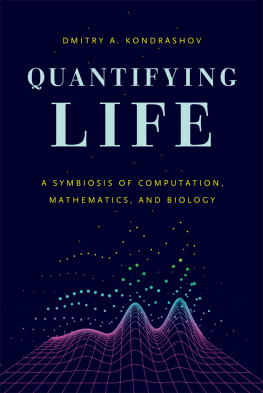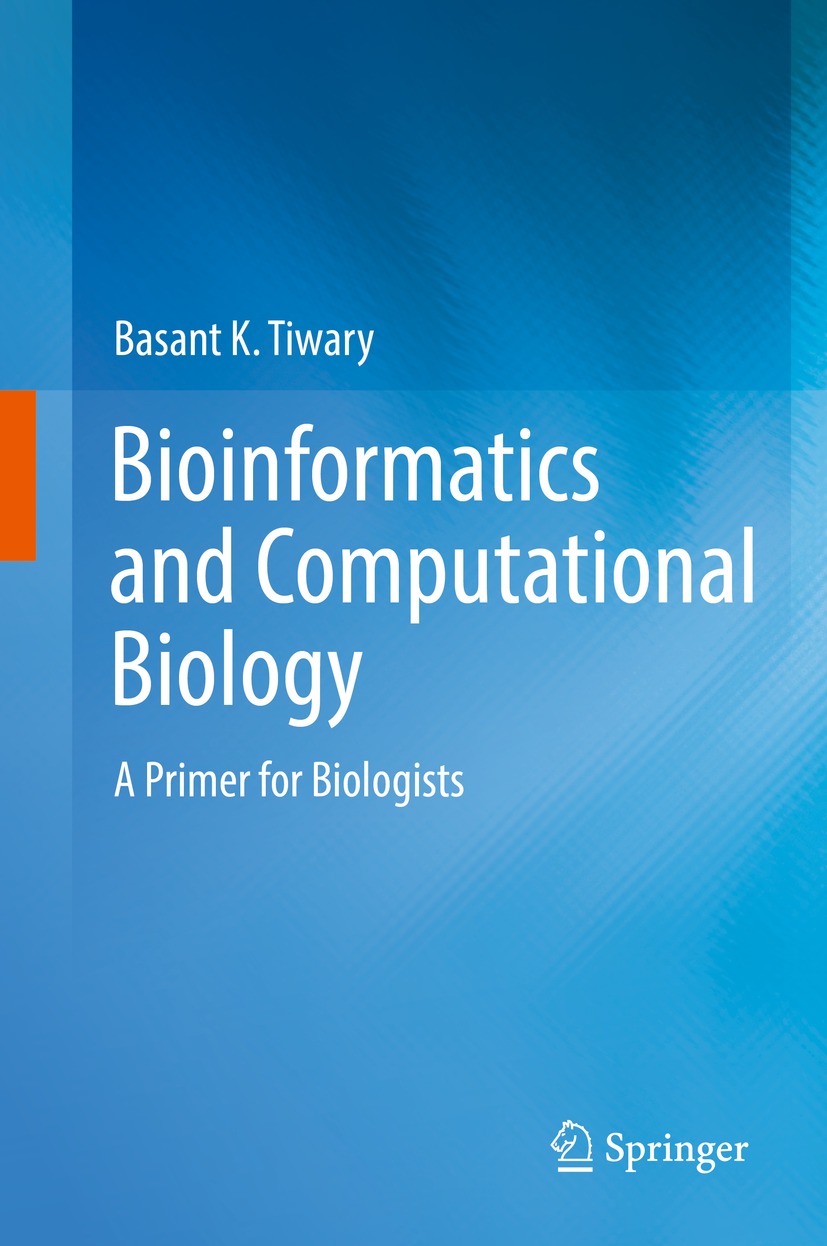Basant K. Tiwary - Bioinformatics and Computational Biology: A Primer for Biologists
Here you can read online Basant K. Tiwary - Bioinformatics and Computational Biology: A Primer for Biologists full text of the book (entire story) in english for free. Download pdf and epub, get meaning, cover and reviews about this ebook. year: 2021, publisher: Springer, genre: Home and family. Description of the work, (preface) as well as reviews are available. Best literature library LitArk.com created for fans of good reading and offers a wide selection of genres:
Romance novel
Science fiction
Adventure
Detective
Science
History
Home and family
Prose
Art
Politics
Computer
Non-fiction
Religion
Business
Children
Humor
Choose a favorite category and find really read worthwhile books. Enjoy immersion in the world of imagination, feel the emotions of the characters or learn something new for yourself, make an fascinating discovery.
- Book:Bioinformatics and Computational Biology: A Primer for Biologists
- Author:
- Publisher:Springer
- Genre:
- Year:2021
- Rating:5 / 5
- Favourites:Add to favourites
- Your mark:
Bioinformatics and Computational Biology: A Primer for Biologists: summary, description and annotation
We offer to read an annotation, description, summary or preface (depends on what the author of the book "Bioinformatics and Computational Biology: A Primer for Biologists" wrote himself). If you haven't found the necessary information about the book — write in the comments, we will try to find it.
This textbook introduces fundamental concepts of bioinformatics and computational biology to the students and researchers in biology, medicine, veterinary science, agriculture, and bioengineering . The respective chapters provide detailed information on biological databases, sequence alignment, molecular evolution, next-generation sequencing, systems biology, and statistical computing using R. The book also presents a case-based discussion on clinical, veterinary, agricultural bioinformatics, and computational bioengineering for application-based learning in the respective fields. Further, it offers readers guidance on reconstructing and analysing biological networks and highlights computational methods used in systems medicine and genome-wide association mapping of diseases.
Given its scope, this textbook offers an essential introductory book on bioinformatics and computational biology for undergraduate and graduate students in the life sciences, botany, zoology, physiology, biotechnology, bioinformatics, and genomic science as well as systems biology, bioengineering and the agricultural, and veterinary sciences.
Basant K. Tiwary: author's other books
Who wrote Bioinformatics and Computational Biology: A Primer for Biologists? Find out the surname, the name of the author of the book and a list of all author's works by series.

